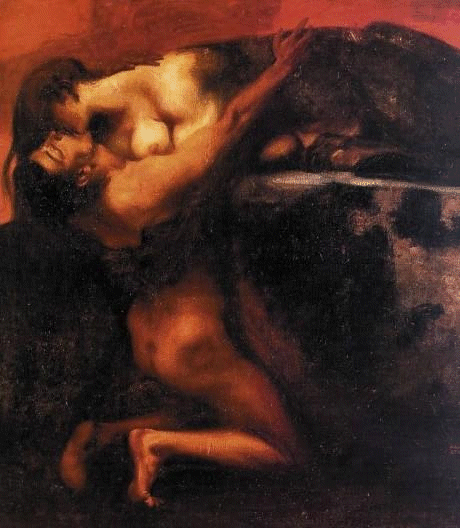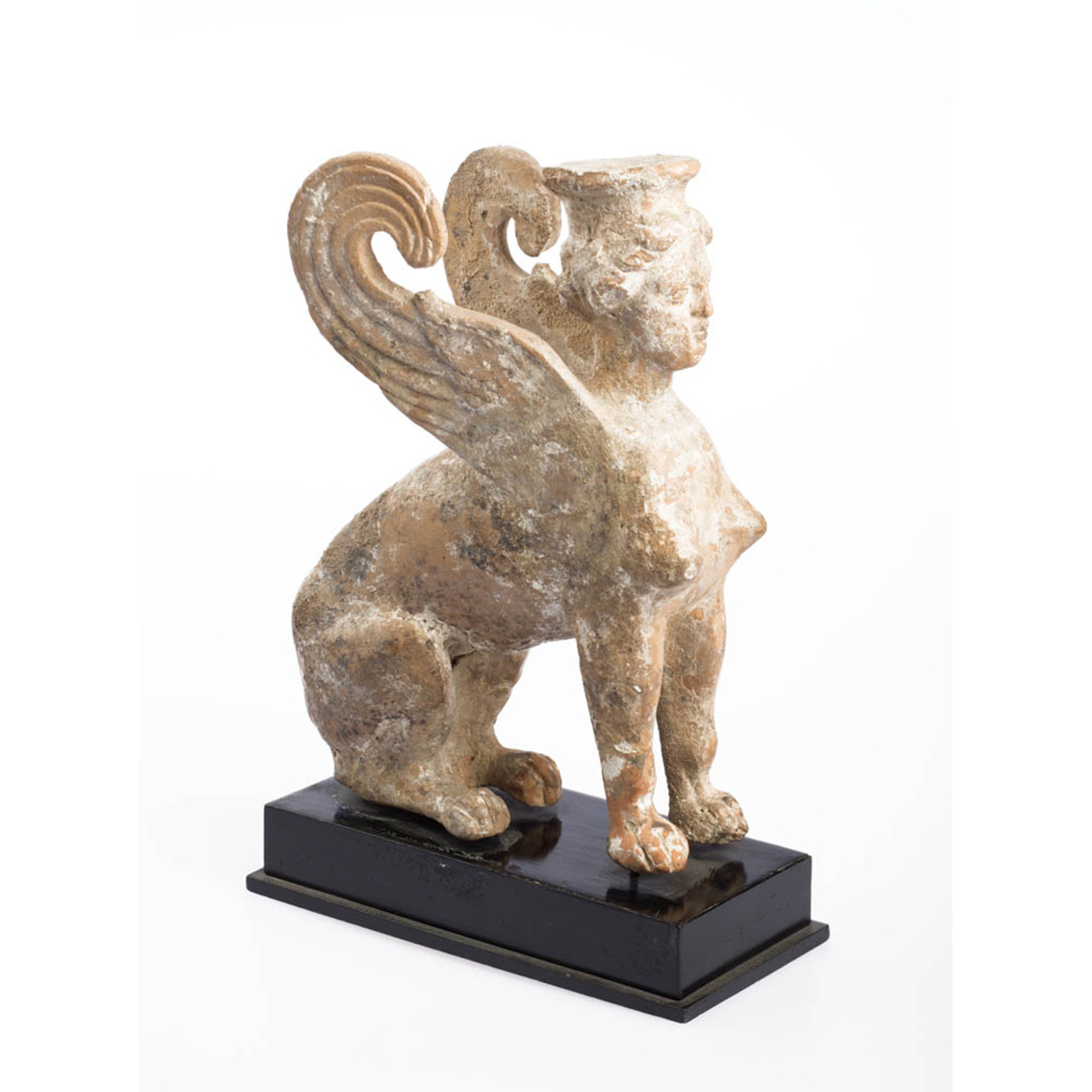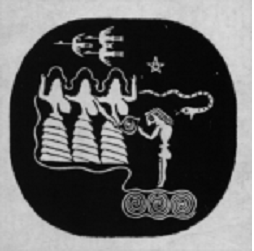The riddle of the Sphinx: the answer is not what you thought it was
Oedipus thought he had solved the riddle, but he hadn't.
Image: Franz Von Stuck (1863-1928), 1895 representing Oedipus and the Sphinx. In this post, I propose a slightly modified excerpt from a post that I published on the old version of the “Chimeras” blog. It is a commentary on a series on predicting the future appearing on the “Seneca Effect” blog.
There is a reason why the Sphinx, the mythical monster of Greek mythology, is often shown with prominent human breasts. You wouldn’t expect that from a female lioness, but when a woman unveils her breasts, she is revealing an intimate part of herself; she is showing herself for what she is. The Sphinx image shown here is said to have been owned by Sigmund Freud, who surely knew a thing or two about human sexuality.
So, when Oedipus met the Sphinx in his wanderings, she opened herself up to him, showing him her intimate essence. What this essence was can be understood from the riddle she asked him, “What is it that walks on four legs in the morning, on two legs during the day, and on three legs in the evening?” We all know that the standard answer is “man.” But this is a silly answer to a riddle, which is not a silly one. Think of a different answer: why not “woman”?
This is not just a question of political correctness: think how the life of a woman is naturally divided into three periods: virgin, mother, and crone. It is a much sharper subdivision than anything that we can relate to a man. And this simple reversal of roles opens up a whole universe. If the riddle hints at the ages of a woman, what the Sphinx was showing to Oedipus was a vision of the triple essence of the Moon Goddess. The moon can be waxing, full, and waning. The Sphinx herself, being of divine nature, had a triple shape: woman, bird, and lioness. These three shapes are the three elements of the female essence: the lion (the strength of a virgin), breasts (motherhood of a mature woman), and wings (the link with the sky: the wisdom of an old woman). (Image: front cover of R. Graves’s “The White Goddess”)
So, Oedipus was presented with a vision of the Female Deity. The Sphinx was offering him nothing less than a sacred initiation to the Goddess’s mystery. As a characteristic of initiations, he would be symbolically “devoured” by the Sphinx, and he would then experience death and rebirth.
But Oedipus couldn’t understand what was being offered to him. He gave a silly answer, refusing the Sphinx’s offer. Later in the story, Oedipus’s curse was to become blind, but he had started out blind. Blind to the beauty and the power of the triple goddess. Some say that Oedipus actually killed the Sphinx, some that he didn’t touch her, she killed herself. It doesn’t matter; Oedipus’s blindness gave him the power to destroy everything and everyone he came in contact with. When meeting the Sphinx, he had already killed his father, and later on, he would cause the death of Jocasta, his mother, and his bride. Later still, the death of his daughter Antigone and of his sons was, again indirectly, caused by Oedipus’s actions.
Men are cursed with the power of giving death. Women, instead, have the power to give life. This is the ultimate meaning of the Sphinx’s breasts. It doesn’t matter if breasts are seen as erotic objects (as they are to us) or as tokens of intimacy between husband and wife (as they were for ancient Greeks). Breasts remain the source of life’s nourishment, the awesome power of the Goddess: Inanna the moon goddess, Tiamat the dragoness, and Eurynome, who created the whole universe with her dance.
In our times, the myth of the Sphinx is emerging from the depth of the past millennia to confront us again with Oedipus’s dilemma. The Sphinx is bringing to us a message that goes to the heart of what it means to be human, to our relation with everything that is alive around us on this planet. As a Goddess, she is carrying with herself the power of creation and destruction at the same time. Creation and destruction are the laws of the universe, which will eventually devour us all, no matter what silly answers we think we can give to its riddles in our blindness.






What a great diversion from my obsession with events like the current wars etc. Thank you Ugo.
With regard to your interpretation of the Riddle of the Sphinx, "Man" is NOT a silly answer. At least in the retelling of the riddle in Apollodorus' collection of mythic tales, the Greek word is "anthropos" which means "man" as a species, i.e., human as opposed to some other kind of being.